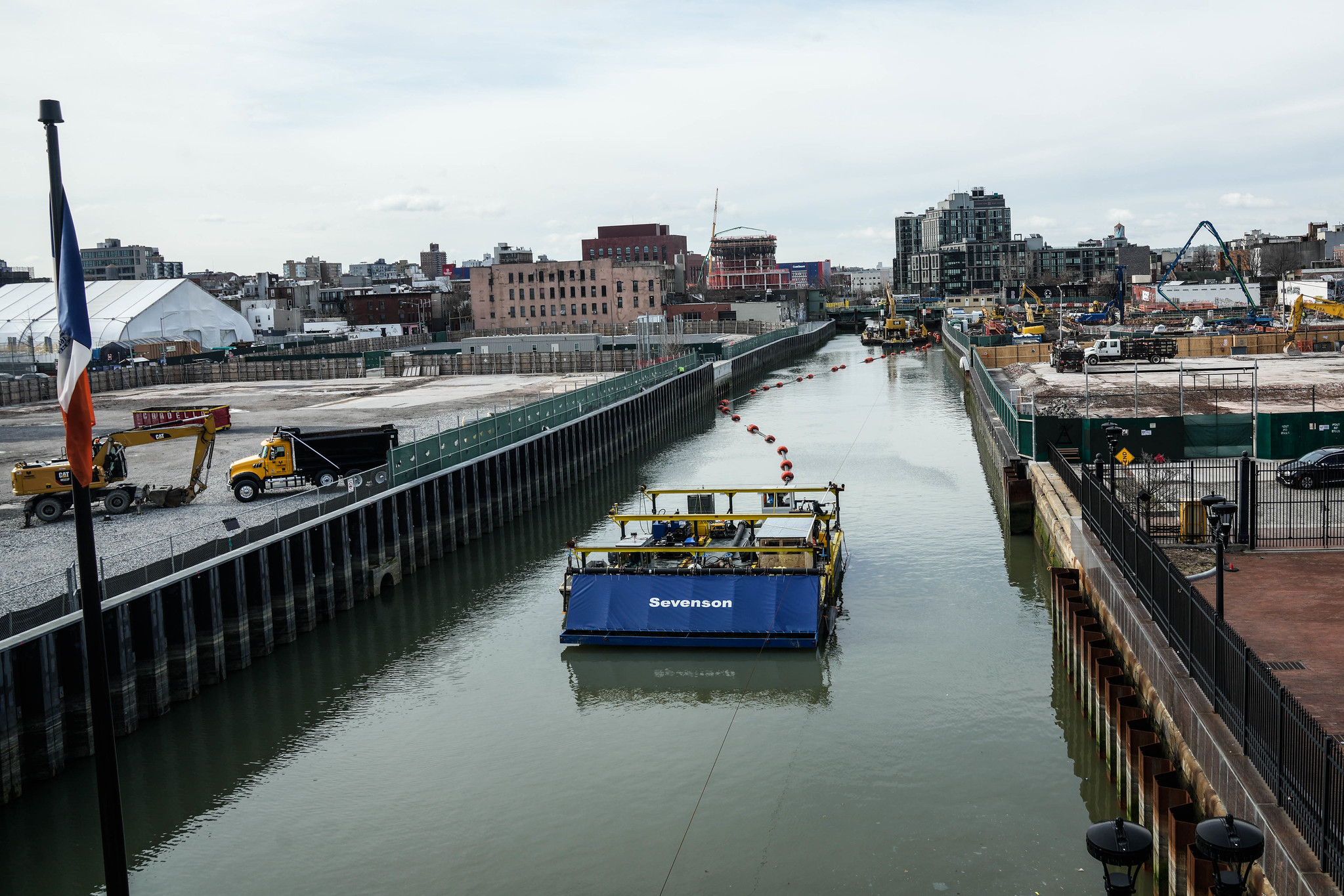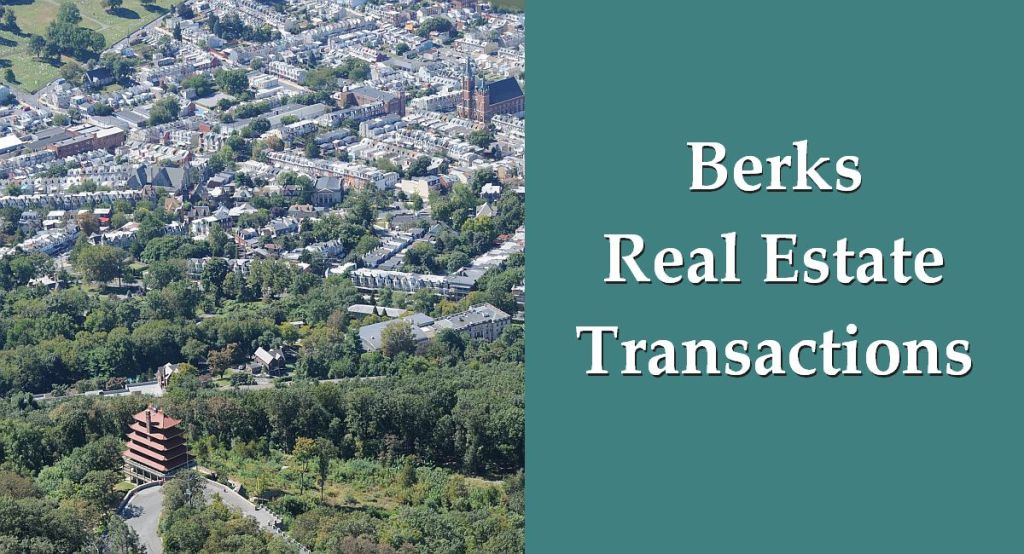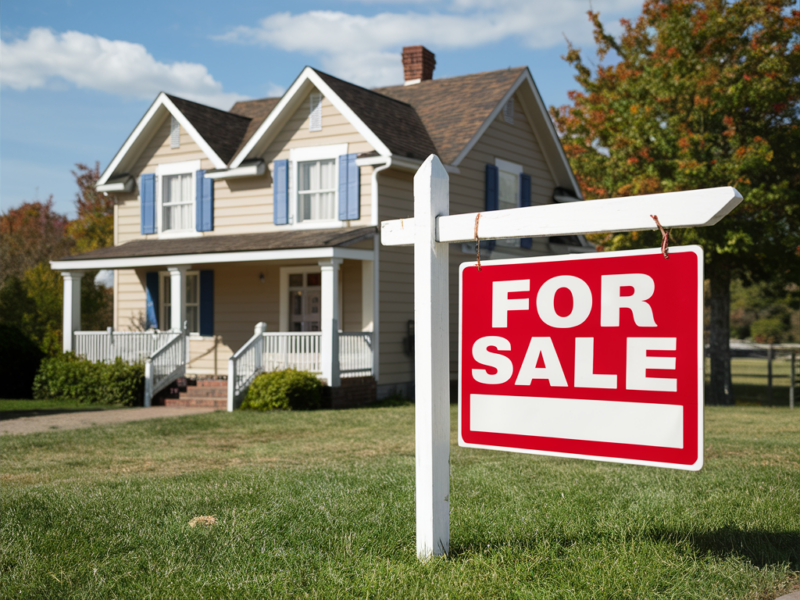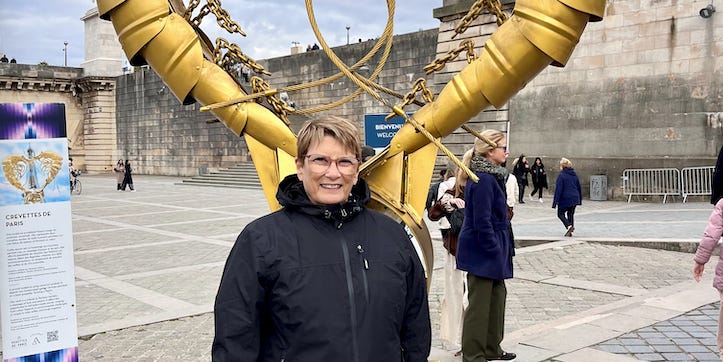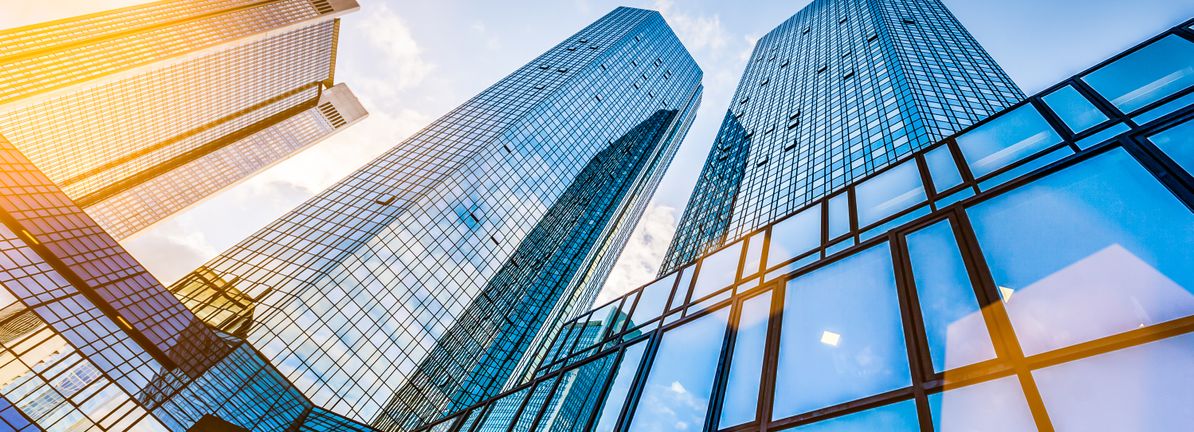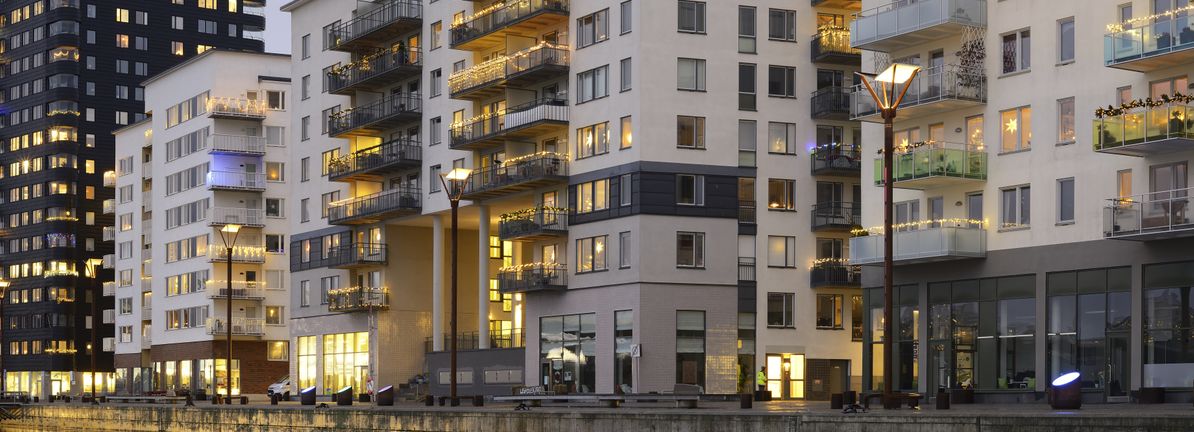T
he Financial Times’ recent profile of Brooklyn’s $2 billion Gowanus Canal cleanup framed the project as a triumph: toxic “black mayonnaise” removed, new towers sprouting, artists gaining subsidized studios, and wildlife returning. Beneath the optimistic headline, however, lies a more tangled reality. The canal’s remediation is not merely an environmental effort; it is a catalyst for urban redevelopment that reshapes neighborhoods and raises pressing questions about affordability, equity, and resilience.
EPA dredging and the installation of two 12‑million‑gallon sewage overflow tanks are headline‑making milestones, yet they paint an oversimplified picture of linear progress. My own research—combining geospatial analytics with IoT sensors—shows that bulkhead gaps, tidal backflow, and storm surges still ferry pollutants into the waterway. Hurricane Sandy’s 2012 flood, which dumped 11 billion gallons of raw sewage into New York City’s waterways, reminds us that dredging alone cannot guarantee long‑term resilience.
Local groups such as the Gowanus Canal Conservancy have kept these risks visible, stewarding habitat restoration and engaging residents in ecological monitoring. Building on that work, a truly equity‑centered approach would require transparent CSO reduction metrics, participatory monitoring tools accessible to residents, and climate‑adaptive planning that anticipates future storms rather than relying on historical averages.
Housing promises are central to the FT’s narrative: 8,500 new homes, 3,000 “permanently affordable.” On paper, this seems a major win. In practice, however, affordability in New York is benchmarked to the Area Median Income (AMI), which is higher than the local median. Many units marketed as affordable remain out of reach for long‑time Gowanus residents. The median rent for a two‑bedroom unit has surged to $6,200 a month—a 79 % increase over five years—raising the specter that those who endured the canal’s environmental burdens may be priced out once redevelopment takes hold.
The tension between environmental restoration and housing policy is clear: without careful calibration, initiatives designed to expand opportunity can unintentionally foster exclusion. The FT also highlights Gowanus’s creative legacy—from Keith Haring murals to the punk‑era “Batcave”—and the promise of 100‑140 subsidized artist studios through community benefits agreements. Yet artistic communities often act as early catalysts for neighborhood change, rebranding industrial landscapes into cultural hubs that attract investment and drive rents higher. In a neighborhood where average rents already exceed those in adjacent Park Slope, subsidized studios alone may not offset broader market pressures.
Whose voices define success? The FT juxtaposes a long‑time resident’s warning of “overdevelopment” and environmental hazards with profiles of newcomers drawn to new amenities. For many residents, success means breathable air, resilient infrastructure, and stable housing costs. For developers and city officials, it may be measured in units delivered and investment attracted. For outsiders, it is the visible transformation of an industrial landscape into a residential and cultural hub. My fieldwork—conversations with housing advocates, artists, and environmental stewards—underscores that community trust is fragile. Civic trust, as the FT notes, is “in short supply.” Without meaningful resident participation, redevelopment risks repeating displacement patterns seen elsewhere in New York City.
Gowanus has always been more than a canal. Once tidal marshlands stewarded by the Lenape, then the busiest industrial canal in America, it embodies cycles of exploitation, abandonment, and reinvention. Today it stands at a crossroads: will it be remembered as a model of climate‑resilient renewal that integrates equity, or as another case where sustainability goals advance without sufficient attention to who benefits?
The FT leans toward the former, portraying a neighborhood on the rise, convenient for commuters, vibrant for families, and increasingly attractive to investors. Yet the metrics that matter most—CSO reductions, equitable housing access, cultural continuity, and climate resilience—remain to be determined. If Gowanus is to become more than real‑estate gold, its success should be judged not only by property values or rooftop amenities but by whether communities most burdened by its toxic past can remain and thrive.
An alternative narrative is possible. By integrating GeoAI monitoring, participatory governance, and equity‑based housing metrics, Gowanus could pioneer a more balanced model of regeneration. Progress would be measured not only in square footage or rents achieved but in:
* Real‑time CSO metrics accessible to residents
* Displacement risk indicators tied to rent burdens
* Community benefit audits ensuring promises translate into lived equity
* Climate resilience benchmarks designed for future flood scenarios
This approach does not replace ecological restoration efforts—many of which groups like the Gowanus Canal Conservancy have championed—but complements them with social and equity measures, creating a more holistic model of urban sustainability.
The FT captures the surface transformation of Gowanus: birds, breweries, and new buildings rising from a toxic canal. Deeper questions remain: how will the benefits and burdens of redevelopment be distributed, and how will success be measured in terms of both ecology and equity? Gowanus is not simply sludge turned gold; it is a test case for whether New York can pursue environmental sustainability without overlooking social justice. The answer will resonate far beyond Brooklyn’s 1.8‑mile waterway.
